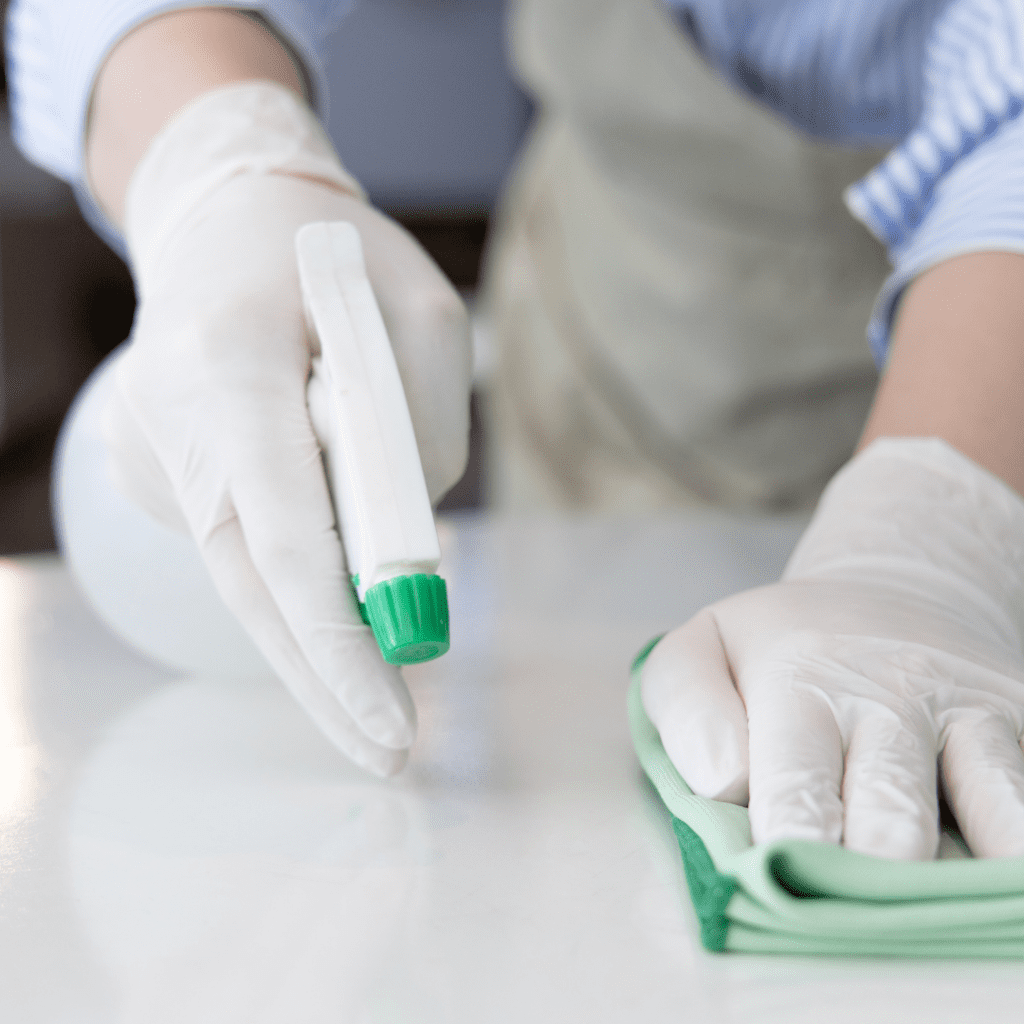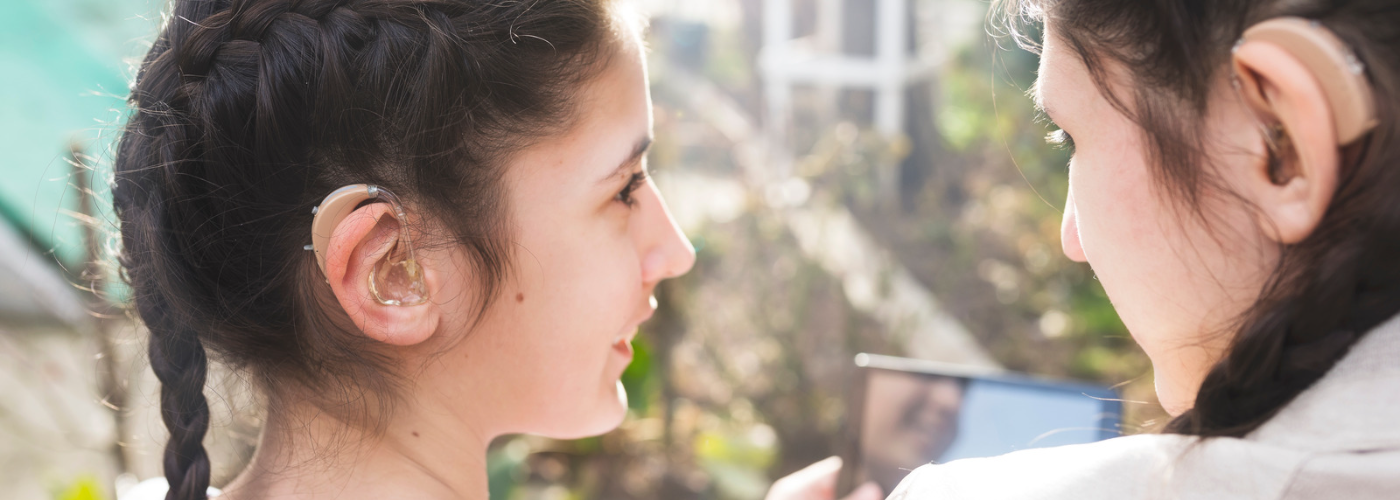Home » Resources » Access & Accommodations » Assistive Listening Systems » Managing Assistive Listening Systems
Managing Assistive Listening Systems
Once you have assistive listening systems in place, you will want to consider how you orient new students to those systems, how you will train faculty, and what kind of maintenance is required to upkeep your equipment.
Providing ALS to Students
Start with an interactive dialogue with the student. Remember that accommodations should be made on a class-by-class and student-by-student basis. Discuss with the student the different environments in which they will need access to an ALS: classrooms, campus events, social activities. Ask about the student’s past experiences with ALS and what worked for them. If no prior experience, offer to do a demo of your existing ALS with the student. Coordinate additional accommodations as needed, such as note-takers, captioned media, speech-to-text services, or interpreting services. Finally, develop a loan agreement with the student that outlines the terms of use for the ALS, including what to do if the device is lost or damaged, off-campus use, and when to return the devices back to the DS office.

Working with Faculty and Teaching Assistants
An important collaborator in the relationship between you and the student in implementing their ALS is the faculty who teach them. The following are some guidance points for you when working with faculty, or their teaching assistants, who might be apprehensive about using ALS:
- Inform the instructor that assistive listening devices are considered reasonable accommodations to ensure effective communication in all settings. Instructors should consult with the DSS office with any concerns.
- Communicate with the instructor the steps your school is taking to ensure that equipment is properly sanitized and maintained after each use.
- Consider providing individual lapel microphones or lanyards for each instructor to use for the entire semester.
Faculty may be seeking specific guidance on how best to support their students who use ALS. Below are some tips that you might provide directly to faculty or provide them as points to discuss when determining their students’ preferences:
- Check the transmitter before beginning the lecture and perform a quick sound check with the student to ensure the transmitter and receiver are working properly.
- Turn off or mute the unit when not in use, such as when having a private conversation, before clipping or removing the unit from clothing, or when using the restroom.
- Repeat brief comments or questions from other students or pass the microphone to students who are making longer comments. Students using the assistive listening system will not be able to hear comments from classmates unless their classmates are speaking into the microphone.
- For group discussions, establish group turn-taking so that one person speaks at a time. If small groups will be talking simultaneously, try to limit background noise and have students pass the microphone in the small group.
- If the student is using an infrared system, work with the student to reserve seating that is ideal to receive the signal. Be mindful that infrared signals can be blocked by objects (such as a podium or AV equipment).
- When planning to show videos during class, discuss with the student beforehand how the student would prefer to access the audio content (for example, the student may want to place the receiver near the audio speaker).
Cleaning & Care
Reach out to the manufacturer of your devices for recommendations on how to properly sanitize the equipment as well as review guidance provided by the Center of Disease Control on Cleaning and Disinfecting Your Facility, which includes recommendations for electronics. Below are general strategies to properly sanitize equipment:
- Make sure to wash your hands before and after cleaning the device.
- Use disinfectant wipes that contain between 60-70% ethanol.
- Take care to never submerse equipment in any liquid or permit liquid to get inside of microphones.
- Make sure equipment is completely dry prior to using it again.
Disability Services Offices might want to consider equipment warranty options as these sometimes include routine maintenance and cleaning which can be conducted during the summer months.







